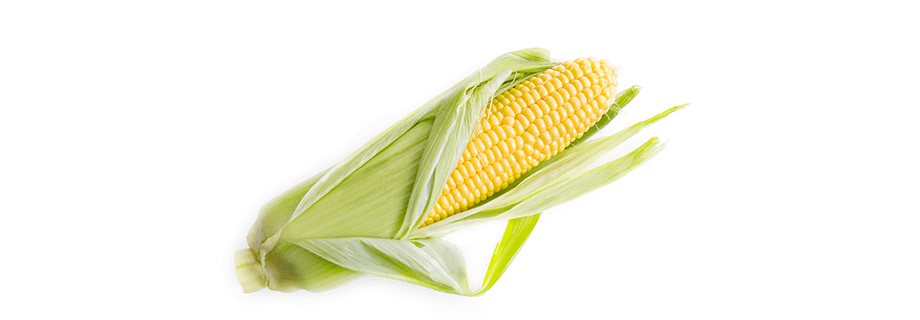Corn Extrusion for Better Broiler Performance

In the United States, corn and other cereal extrusion has been applied to special diets such as baby pigs and aquatic feed. It is known that baby pigs lack sufficient enzyme activity at the early stage of growth to properly digest the nutrients in raw corn.
While it is a common practice to feed raw corn to poultry as they can digest it better than swine, it is not as crucial to extrude the starch based cereal for the avian species.
It is however, more common to extrude corn or other starch based ingredients for the purpose of feeding poultry in Eastern Europe and some of the South East Asian countries.
Proper extrusion can improve the nutritional value of ingredients. Anti-nutritional factors, if present, will be inactivated. On the other hand, the thermal and physical changes imposed by extrusion can positively impact the digestibility of protein, carbohydrates and fat. The nutrients in an extruded product are more readily accessible to the digestive enzymes of animals thus; a better utilization of the ingredients is expected.
A Serbian paper was published by Filipovic’ et.al, 2010 (Archiva Zootechnica 13:1,30-38, 2010) where dry extruded corn was fed to broilers up to 42 days of age and was tested against a control group fed ground un-extruded corn.
Their results show the following advantages from feeding dry extruded corn:
- Higher weight gain (1985g vs. 1940 g) for the extruded corn group and the control group respectively.
- Less feed consumed compared to the control group (2644g vs.2685g)
- Significantly better feed conversion (2.04 vs.2.13 kg feed/kg gain) for the extruded vs. non extruded respectively.
- Lower mortality in the extruded corn fed group (20 vs. 96 birds out of total 1500 in each group).
The researchers credited the advantages in broiler performance for the following facts:
- a) Increased carbohydrates digestibility due to starch gelatinization.
- b) Significant reduction of molds, yeast and total number of microorganisms due to extrusion.
Although they stated that economic advantages were realized, they did not share data. A major loss of bird in the control group (6% mortality) could have been due to the highly contaminated feed as shown from their data. The total number of microorganisms in the un-extruded corn was 1,200,000 per gram in contrast with only 310 per gram in the extruded corn.



